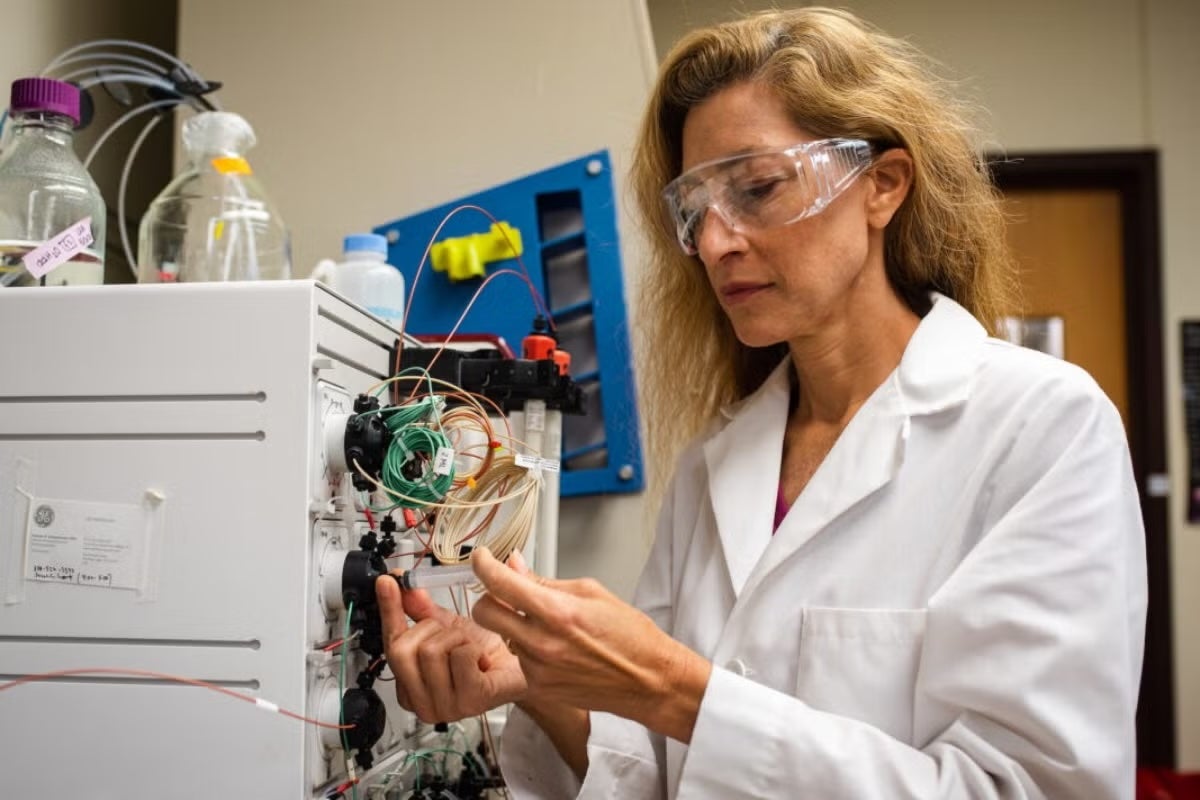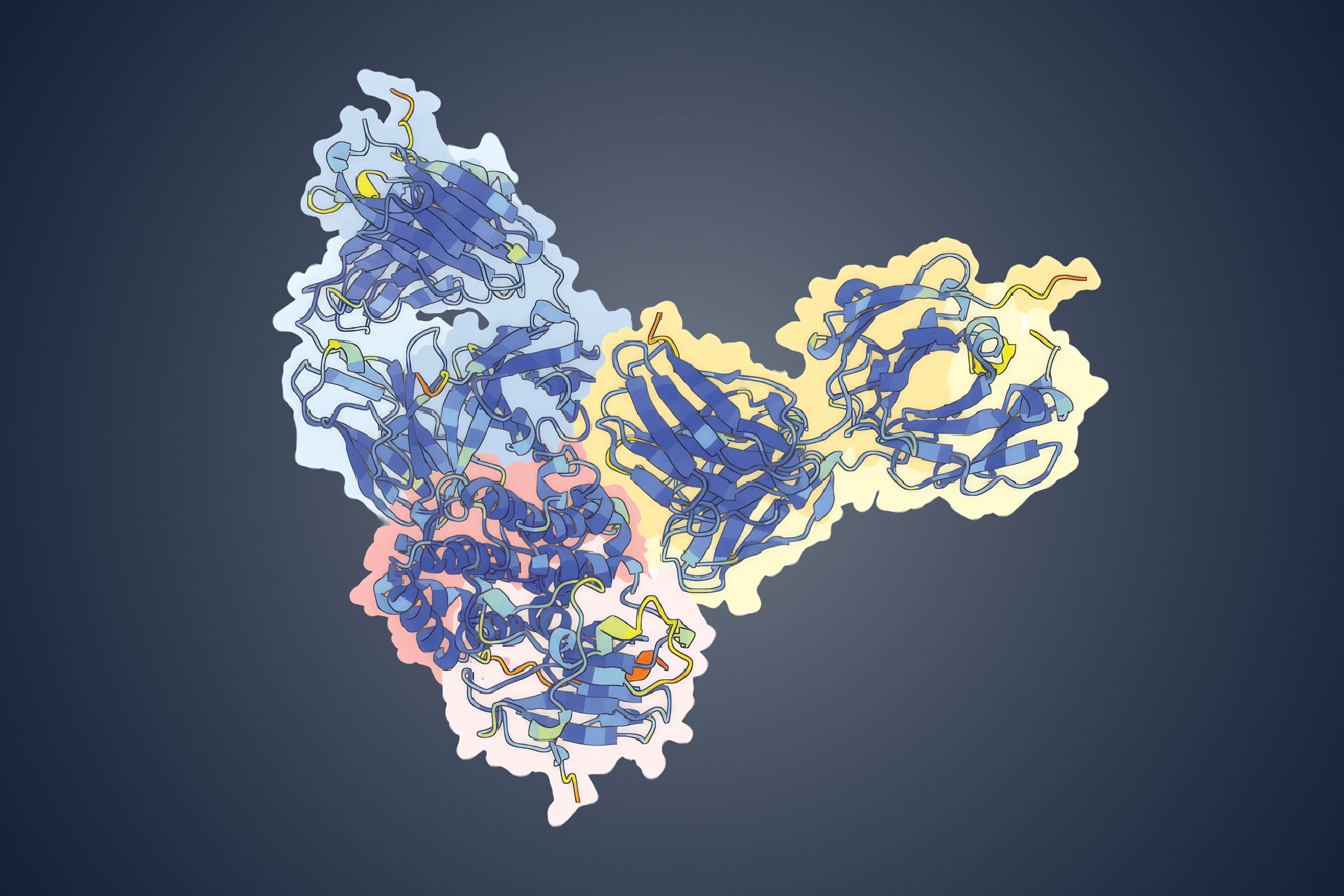Preparing for Future Outbreaks, Experts Use Disease Simulation Exercise
Public health officials and researchers gathered this month for a gamified version of an outbreak investigation.

Public health officials and academic researchers gather at The University of Texas at Austin to model the experience of learning about a new outbreak of a disease.
Colorful tokens scatter across tables, and players shuffle through navy cards while chatting animatedly. This isn’t game night, but rather a gathering of epidemiologists, researchers and state and local public health officials participating in a disease outbreak simulation at The University of Texas at Austin.
The gathering took place during a meeting of epiEngage, part of a larger network created by the Centers for Disease Control to support public health leaders around the country. The effort, led by UT and the University of Massachusetts, Amherst, takes lessons from a staged alert system that the City of Austin adopted during the COVID-19 outbreak to guide local policies and decisions. The staged system was informed by research from the lab of Lauren Ancel Meyers, a professor of integrative biology and statistics and data sciences—and it brought real-world results. During the height of the COVID outbreak, the city of Austin saw fewer deaths, fewer hospital surges and shorter lockdowns than would otherwise have been expected as the virus spread.
“If the state had the same COVID death rate as Austin-Travis County, more than 25,000 Texans would not have died of this virus,” Austin Mayor Steve Adler said in a 2021 address, acknowledging the role of the researchers.
Meyers directs UT’s Center for Pandemic Decision Science and is also involved with the nonprofit behind Wednesday’s simulation exercise, the Center for Advanced Preparedness and Threat Response Simulation (CAPTRS).
Just as detectives connect clues to identify a criminal, epidemiologists piece together evidence to pinpoint the source of an outbreak. The Reliability Game, CAPTRS’ gamified version of an outbreak investigation, consists of two rounds.
In the first round, players receive one piece of information at a time about the outbreak, like disease symptoms and context about the region where cases were reported. In the second round, players get the same pieces of information they initially received but with the source of the information added, like a report from a United Nations organization or doctors’ notes.
Experts undertake a disease simulation exercise together at the AT&T Center earlier this month.
While players initially make individual decisions on whether each piece of evidence supports the hypothesis that a disease is spread through mosquitoes, air or food and water, participants are able to have a group discussion with others at their table to make a final decision after each round.
Samantha Groppell, one of the participants, drew on her experiences tracking the Ebola and mpox outbreaks as a lead epidemiologist for Dallas County to navigate the simulation.
Saying this was like “just another day at work,” Groppell indicated she enjoyed hearing from others, who were bringing their own diverse backgrounds to the simulation.
“It was interesting to hear the perspectives of people who don’t know field epidemiology, like the data scientists and people that are making models,” Groppell said. “They tend to think very broadly and abstractly, whereas I think the most reliable data is going to be those patient interviews.”
At first, the general consensus was that the hypothetical disease was likely waterborne or foodborne due to information that the disease could be treated with antibiotics. Then players learned the information about antibiotics’ effectiveness came from an algorithm detecting social media trends. Bryce Holloway, a graduate student who works in Meyers’ lab, pointed out that data from artificial intelligence can be unreliable and the cause of the disease may now need rethinking.
“In a situation like the simulation where they probably didn’t have a lot of resources, AI wouldn’t have been the most reliable,” Holloway observed.
It turned out that the simulated disease was being spread by mosquitoes. The simulation highlighted the necessity of drawing on resources from a variety of sources – and knowing that even the tiniest pest could bring about community-wide harms.
Learn more about epiEngage at the website for the Center for Pandemic Decision Science.




